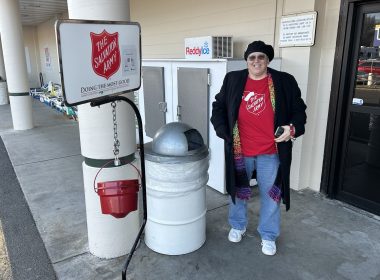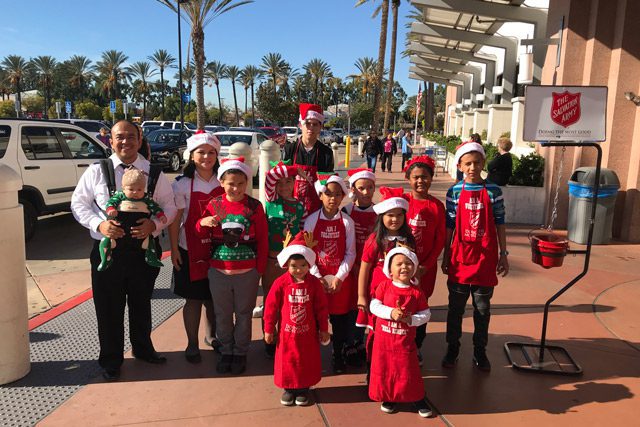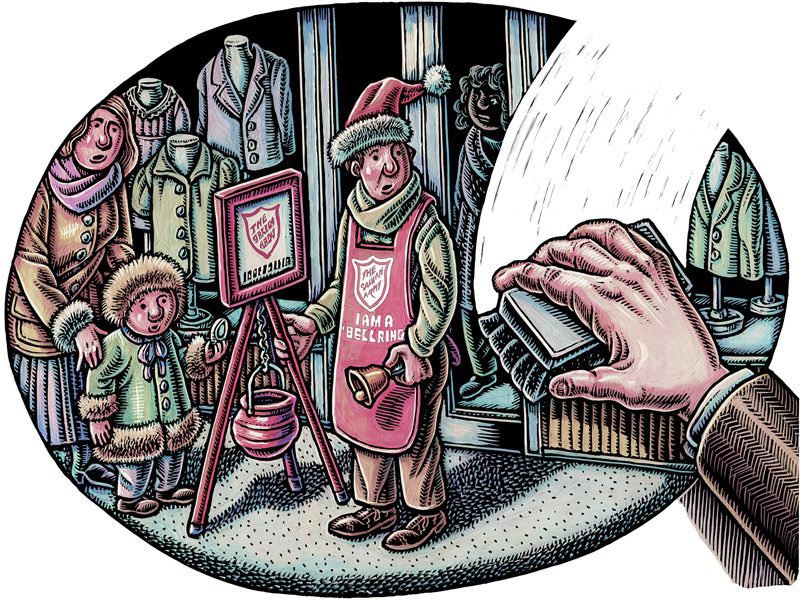By Robert Docter, Editor-In-Chief
In a few days, we will reach the first Sunday after the first full moon after the vernal equinox. Then we will celebrate Christianity’s climatic event: Jesus’ victory over death. Easter is upon us, and with it comes spring and the dramatic display of the glory of new birth. The days grow brighter and our moods seem lighter. Resurrection Day approaches.
Along with Easter we have God’s reminder of the important linkage between those of us who worship a Jew whom we believe to be God’s chosen one—his Son, Messiah, the Christ— and Judaism itself.
A short time prior to Passover—perhaps the most significant of Jewish holy days—Jesus needed some vital information and surveyed his disciples. It was in Caesarea Philippi that he posed mankind’s most important question. He asked: “Who do people say the Son of Man is?”
The disciples mentioned most of the celebrated names in Jewish lore. Interrupting, Jesus asked again: “But what about you? Who do you say I am?”
Peter, a disciple not given to thoughtful rumination, answered quickly: “You are the Christ, the Son of the living God!” (Matt. 16:13-15).
Jesus had his answer. His key followers were ready. From that time on Jesus began to explain to his disciples that he must go to Jerusalem and suffer many things at the hands of the elders, chief priests and teachers of the law, and that he must be killed and on the third day be raised to life (Matt. 16:21).
Peter didn’t want to hear this and rebuked him: “Never Lord! This shall never happen to you!”
Jesus responded with equal emotion: “Get behind me, Satan! You are a stumbling block to me; you do not have in mind the things of God, but the things of men.
“If anyone would come after me, he must deny himself and take up his cross and follow me (Matt. 16:23, 24).
And with that, Jesus turned his face to Jerusalem and an unenviable future.
Jesus intended to arrive in Jerusalem in time to celebrate Passover, the ancient holiday prescribed by God as the final plague of Moses. This involved the death of all firstborn sons throughout Egypt and guaranteed that Pharaoh would release the Jews from captivity in Egypt. To escape the plague, Jews were told to kill a year-old lamb during the twilight of the 14th day of Nisan, the first month of the year. The Lord told them to take some of the blood of the lamb and spread it along the sides and top of the door frame in the house where they intended to eat the fire-roasted lamb along with unleavened bread and bitter herbs. While they ate, they were to be dressed for a fast exit with their cloaks tucked under their belts. The death angel would “pass over” their house when they saw the doorposts (Ex. 12:1-13). This escape from Egypt ended approximately 430 years of Hebrew captivity—the last 150 years in servitude and slavery.
Jesus arrived in Jerusalem on Sunday—the first day of the week—upon the back of a borrowed donkey. A crowd celebrated his arrival, shouting “Hosanna to the Son of David! Blessed is he who comes in the name of the Lord. Hosanna in the Highest.”
The whole city was excited and stirred. “Who is this? they wondered.
The crowd answered: “This is Jesus, the prophet, from Nazareth in Galilee.”
On Monday, Jesus made his presence known at the temple, where he found people buying and selling. He overturned the tables on which they had stacked their wares and the benches on which they sat. He said to them: “My house will be called a house of prayer, but you are making it a den of robbers.”
He stayed at the temple healing the blind and the lame, spending time with the children who shouted “Hosanna to the Son of David.” When confronted by the chief priests and the teachers, he displayed his intellectual acumen and silenced them.
Tuesday brought parables and controversy. Both the Sadducees and the Pharisees tried to trap him with a series of questions. Jesus mystified them with his superior knowledge of Scripture. He then directed the crowd that had gathered to obey the Pharisees, but not to emulate them.
Wednesday he rested, and on Thursday he celebrated the Passover meal with the disciples. Here, he gave new meaning to the Passover as he ministered to them in the role of servant, washing their feet, and consecrating the food and drink as symbols of his body and his blood by which they were to remember him. When we pray at meals we keep this covenant.
In a dramatic conclusion to the meal, he announced that one of them would betray him. Judas, the betrayer, quietly left the meal.
The disciples, with Jesus, then walked to the Garden of Gethsemane, where Jesus prayed in agony and validated his obedience to God.
As Thursday became Friday, Judas and a crowd of armed henchmen arrested Jesus and dragged him away to face multiple false trials, beatings at the hands of ignorant people, condemnation both by Herod and the Roman governor, Pilate, who, when confronted by an angry mob, sent him to be crucified at high noon the same day. The crucifixion took place on a hill called Golgotha, the place of the skull. As the sacrificial lambs were butchered for Passover meals, the sacrificial Lamb of God died on a cross.
Saturday, the Sabbath, brought hiding, grief, fear and rest for his followers. Then, with dawn of a beautiful Sunday, two women made their way to the tomb where they discovered it empty, and a risen Lord walked among them and us still.










